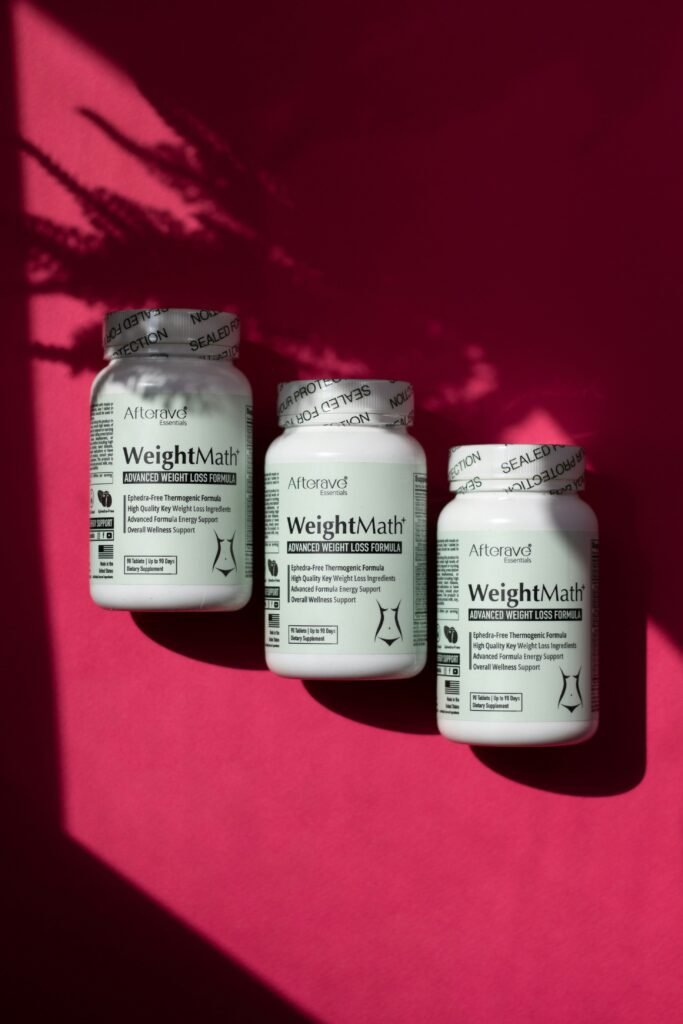What if I told you that the cold can reshape how your body operates on a cellular level? Yes, I’m talking about cold exposure and how it might hold the key to enhancing your metabolic flexibility. Sounds intriguing, right? Let’s dig into this fascinating topic and uncover what it means for you and your health.
Understanding Cold Exposure
Cold exposure refers to the practice of intentionally subjecting your body to cold temperatures. We’re not just talking about a brisk walk on a chilly day or a quick dash to the car. This can involve activities like ice baths, cold showers, or even sitting in a cold environment. But why would anyone willingly choose to expose themselves to the cold?
The Science Behind Cold Exposure
At its core, cold exposure triggers a series of physiological responses in your body. When you’re exposed to cold, your body has to work harder to maintain its core temperature. This process activates what’s known as thermogenesis, where your body produces heat by burning calories.
This experience isn’t purely uncomfortable; it has many potential health benefits. Cold exposure has been linked to improved cardiovascular health, enhanced immune function, and even mental clarity. It’s about finding comfort in discomfort, and understanding how that process can lead to an array of health benefits.
Types of Cold Exposure
You might wonder what types of cold exposure exist and how each impacts your body. Here are some common methods:
| Type of Cold Exposure | Description | Benefits |
|---|---|---|
| Cold Showers | Exposing the body to cold water | Improve circulation, boosts mood, enhances recovery |
| Ice Baths | Sitting in a tub of ice-cold water | Reduces muscle soreness and inflammation |
| Cryotherapy | Using liquid nitrogen to freeze specific areas of the body | Pain relief, improved recovery, reduced inflammation |
| Cold Environments | Spending time in naturally cold settings | Increased resilience to stress, improved metabolic rate |
Each of these methods affects your body in unique ways. You can pick one that suits your lifestyle and tolerance level.
What is Metabolic Flexibility?
Now that you have a grip on cold exposure, let’s shift gears to talk about metabolic flexibility. This term refers to your body’s ability to switch between burning carbohydrates and fats for energy based on what’s available and what your body needs.
The Importance of Metabolic Flexibility
Being metabolically flexible means you can efficiently use different fuel sources. If you have a high level of metabolic flexibility, you’re better equipped to regulate blood sugar levels, handle periods of fasting, and adapt to different energy demands through the day. This flexibility can enhance physical performance and support long-term metabolic health.
Key Factors Influencing Metabolic Flexibility
Several factors can impact your metabolic flexibility, including:
- Diet: What you eat significantly influences your body’s fuel usage dynamics. A diet rich in whole foods can promote metabolic flexibility.
- Physical Activity: Regular exercise increases your body’s capacity to utilize both fats and carbohydrates as fuel.
- Body Composition: Your ratio of muscle to fat can affect how well your body accesses different energy sources.
- Hormonal Balance: Hormones like insulin and glucagon play crucial roles in how your body switches between fuel sources.
Your lifestyle choices and how you adapt to them can shape your body’s metabolic flexibility over time.

The Connection Between Cold Exposure and Metabolic Flexibility
So where does cold exposure fit into the metabolic flexibility equation? Let’s break it down.
Enhancing Mitochondrial Function
One of the most significant links between cold exposure and metabolic flexibility is its effect on mitochondria—the powerhouses of your cells. Cold exposure can improve mitochondrial biogenesis, leading to more efficient energy production and a greater capacity for fat oxidation.
You might ask why more mitochondria matter. Simply put, the more efficiently your body can produce energy, the better your metabolic flexibility. With enhanced mitochondrial function, your body can switch between using fat and carbohydrates for energy more effectively.
Brown Adipose Tissue Activation
Cold exposure can activate brown adipose tissue (BAT), a type of fat that generates heat by burning calories. Unlike white adipose tissue, which stores energy, brown fat burns energy to produce heat—and it thrives in colder temperatures.
Research shows that increased BAT can enhance metabolic rates, particularly during colder conditions. When your body has more active brown fat, it becomes more adept at utilizing fat as a fuel source, promoting better metabolic flexibility.
Hormonal and Enzymatic Responses
Cold exposure also impacts various hormones and enzymes that are involved in metabolism. For instance, it can increase levels of norepinephrine, a hormone that can enhance fat mobilization. This release of norepinephrine signals your body to burn stored fat for energy, promoting better metabolic flexibility.
Additionally, cold exposure may influence your insulin sensitivity, allowing your body to utilize energy sources more efficiently. Higher insulin sensitivity means your body can switch between using carbohydrates and fats more seamlessly—a crucial aspect of metabolic flexibility.
Cold Exposure Protocols for Enhancing Metabolic Flexibility
If you’re looking to improve your metabolic flexibility through cold exposure, you might wonder how to get started. Here are some simple protocols you can follow:
Cold Showers: A Beginner’s Approach
Starting with cold showers might be the most accessible option. Here’s how you can gradually integrate cold exposure:
- Start Warm: Begin with a warm shower to relax your muscles.
- Shimmy to Cold: Gradually decrease the temperature over the last 30 seconds to 2 minutes.
- Breathe: Focus on your breathing; slow, deep breaths can help you adapt.
- Build Time: As you get used to it, try to increase the duration of cold exposure.
Ice Bath Protocol
If you’re feeling adventurous, ice baths can provide intense cold exposure, but it’s essential to approach them with caution:
- Get Prepared: Fill a tub with cold water and add ice until the temperature is about 50-60°F (10-15°C).
- Gradual Entry: Start by sitting on the edge and gradually lowering yourself in.
- Stay Calm: Aim for about 5-10 minutes in the ice bath. Breathe and focus on staying relaxed.
- Post-Bath Warm-up: After your cold exposure, warm up gradually with a warm shower or a warm blanket.
Cryotherapy Sessions
If you prefer a more guided experience, consider cryotherapy:
- Find a Facility: Look for a local cryotherapy studio that offers sessions.
- Initial Assessment: A professional will guide you on what to expect, often involving standing in a cryo chamber.
- Session Duration: Sessions last about 2-3 minutes, exposing your skin to extremely cold air (-200°F to -300°F).
- Hydrate and Warm-up: After cryotherapy, drink fluids and warm your body progressively.

Safety Considerations for Cold Exposure
Before jumping into cold exposure, it’s crucial to understand its safety aspects.
Who Should Avoid Cold Exposure?
Some individuals should be cautious or even avoid cold exposure altogether, including:
- Those with Cardiovascular Issues: Cold exposure can put additional stress on your heart.
- Pregnant Women: Hormonal changes and increased sensitivity to temperature can be a concern.
- Individuals with Circulation Issues: Conditions like Raynaud’s syndrome can become exacerbated with cold exposure.
Listening to Your Body
It’s essential to listen to your body throughout your cold exposure journey. If you experience extreme shivering, numbness, or any unusual pain, it’s best to exit your cold exposure environment.
Gradual exposure at first allows your body to adapt over time. Start slow and keep your sessions manageable as you build your tolerance.
The Role of Diet and Lifestyle in Metabolic Flexibility
While cold exposure can significantly enhance your metabolic flexibility, it’s still crucial to consider other lifestyle factors, particularly diet and exercise.
Nutrition for Metabolic Flexibility
To optimize your metabolic flexibility, focus on a balanced diet:
- Embrace Whole Foods: Aim for whole, unprocessed foods that provide essential nutrients.
- Incorporate Good Fats: Include sources like avocados, nuts, and olive oil that help fuel your body.
- Mind Your Carbs: Pay attention to your carbohydrate sources; prioritize complex carbs found in grains, vegetables, and legumes.
- Don’t Forget Protein: Eating enough protein supports muscle function, which is essential for maintaining metabolic flexibility.
Exercise and Metabolic Flexibility
Regular physical activity is critical:
- Incorporate Aerobic Exercise: Activities like running, swimming, and cycling enhance fat oxidation.
- Strength Training: Building muscle improves overall metabolic function, allowing for better fuel utilization.
- High-Intensity Interval Training (HIIT): Short bursts of intense exercise can enhance metabolic flexibility and improve endurance.

The Mind-Body Connection
Cold exposure is not just physical; it also has mental and emotional aspects.
Boosting Mental Resilience
Engaging in regular cold exposure can foster mental toughness. The ability to face discomfort in a controlled environment can translate to greater resilience in everyday challenges. This mental shift can empower you to tackle difficult tasks with more confidence.
Meditation and Breathing Techniques
Finding a balance between cold exposure and mental calmness through breathing techniques or meditation can enhance the overall experience. Breathing exercises can help mitigate the stress of cold exposure, helping you remain relaxed and focused.
Conclusion: Embracing the Cold for Better Health
Cold exposure and metabolic flexibility form an intricate relationship, offering thrilling potentials for enhancing your health. As you integrate cold exposure practices into your life, remember to pair these efforts with a healthy diet and regular physical activity. This multifaceted approach will empower you on your journey toward better metabolic health.
Just as with any new endeavor, always prioritize safety and listen to your body. You’re embarking on a journey that promises not just physical benefits but mental resilience and wellness too. So, grab a towel, and who knows? You might just find a refreshing new way to invigorate your life, one cold exposure at a time.


